Mastering the Art of Balancing Hollow Square Pipe Weight
In terms of stability, longevity, and affordability, it’s hard to beat hollow square pipe when it comes to construction and fabrication projects that require extra strength. Crafted using steel into a square cross-section with a hollowed-out center, it’s frequently used for everything from structural supports and fences to scaffolding.
When sourcing your project’s material, the heft of hollow square pipe must be factored in. Calculating the weight of the pipe accurately is essential to ensure the structure or hardware you’re constructing will be adequately supported. Awareness of the exact weight of hollow square pipe will also serve to ascertain how much material must be acquired.
Understanding the weight of hollow square pipe is critical when planning your next construction project. Here we provide an insightful look at the factors that determine the weight of square pipes, along with a comprehensive guide to calculating it. We also highlight helpful insights into maximizing the utility of these pipes in your desired application.
The Impact of Hollow Square Pipe on Weight
The heft of hollow square pipe depends largely on two parameters – its dimensions and its construction material. The bigger the size, the heavier the pipe will be due to the additional material needed. Steel is the default choice to fabricate hollow square pipe, with a reputation of being particularly hefty.
The weight of a pipe is determined by its size, material, and most crucially, thickness. Slimmer models are lighter, whereas heftier versions offer more heft. Consider strongly the thickness you need, as this will also dictate the strength and durability of the pipe for your purpose.
Unveiling the Weight of Hollow Square Pipe
To calculate the weight of a hollow square pipe, the size, material type, and wall thickness are all essential factors to consider. It’s a straightforward process that doesn’t require much effort.
To measure the weight of the pipe, we must first ascertain its volume. Multiplying the length by width and height of the pipe will provide this. For instance, if the pipe is 10 inches wide and tall and extends 10 inches long, its volume comes to 1,000 cubic inches.
Determining the weight of your pipe per cubic inch is a simple process. Just take the weight of the material per cubic inch and multiply it by the volume of the pipe itself. For example, if your pipe is constructed from steel, per cubic inch it would 0.284 pounds in weight. This means that for a 1,000-cubic-inch pipe, the overall weight would be 284 pounds; so for every inch increase in volume, you gain an extra 0.284 pounds.
Maximizing Efficiency with Hollow Square Pipe
Hollow square piping is an exceptionally useful component in many projects. Here are a few guidelines for making the most of this functional material:
It is sensible to pay attention to the strength and stability of the pipe. When picking out a suitable pipe, ensure that it is sufficiently robust for your undertaking.
When it comes to cost, hollow square pipe is a great choice; however, price must be taken into account as pipes with a larger thickness will come with a heftier price tag.
As you measure your pipe, double-check the accuracy of your calculations. Getting the correct size plays an integral role in the weight of the pipe and how it eventually fits into the finished project. Doing this step as thoroughly as possible is essential to successful outcomes.
4. Take the environment into account. Whether hollow square pipe is an appropriate material for the job or not also depends on the elements that it is exposed to; it is resistant, but can still be corroded in certain conditions. Therefore, select a pipe option that is best suited to the environment where it will be utilized.
Constructing and fabricating with hollow square pipe can be a great choice for heavy-duty projects, thanks to its strength, resilience, and cost-friendliness. Before you commit to the material, be sure to factor the weight of the pipe into your decision. Determining the weight is simple and requires knowledge of the size, material, and thickness of the pipe. Once you’ve selected your material, here are some top tips to bear in mind when using hollow square pipes for your project – these include taking into account strength and sustained stability, considering cost implications, and assessing environmental impacts.
All You Need to Know About the Weight of Hollow Square Pipes.
Increasingly sought after in industrial and commercial projects, hollow square pipes are prized for their many advantages including their strength, durability, and versatility. Used for everything from structural support to decorative touches, these pipes come with an important factor to consider: weight. With a better appreciation of how much a hollow square pipe weighs relative to its type and size, prudent decisions can be made for installation. This article outlines the details of hollow square pipes and the weight implications.
To comprehend the makeup of hollow square pipes, one must begin by examining the substances utilized in their creation. Common materials include steel, aluminum, and stainless steel; each entity possessing dissimilar characteristics, including weight and cost. Steel and aluminum usually have less weight than stainless steel and come with a more favorable price tag.
When choosing a pipe size, an impressive spectrum is available, from the diminutive 1/8 inch to the 8-inch behemoth. As could be expected, the heft of the pipe increases in proportion to its size – the larger diameters becoming markedly weightier.
When weighing the pipe, its thickness should not be overlooked. Heavier pipes tend to have thicker walls creating more weight overall. So it is safe to assume that thicker pipes are always bulkier.
When discovering a hollow square pipe’s weight, one must look at factors such as its length and material composition. Lengthier pipes generally weigh more while lighter materials (like steel or aluminum) will weigh less than those made of stainless steel. Therefore, when considering a hollow square pipe’s mass, it is important to pay attention to both its length and the material it is composed of.
The innate heaviness of the pipe is largely determined by its material density; an equation with two variable factors – material and denseness. Comparing both steel and aluminum to stainless steel, we can deduce that the former two are uniformly denser, translating to more weight.
The final attribute to account for in determining the heft of a pipe is the covering affixed to the outer surface. A thicker coating will see the pipe increase its weight, so it’s necessary to consider both the type and intensity of the coating.
Allowing for the chosen shipping method, it is vital to factor in the weight of a hollow square pipe. Air freight, for instance, may result in an augmented load.
In summary, it is essential to consider the total mass of the hollow square pipe when making a selection for a project. This weight will vary based on the material, dimensions, coatings applied, and chosen freight service. By familiarizing oneself with the total weight of the specific option they are considering, one can guarantee a better outcome for the task at hand.
Related Product
Warning: Use of undefined constant rand - assumed 'rand' (this will throw an Error in a future version of PHP) in /www/wwwroot/www.ytdrtube.com/wp-content/themes/msk5/single.php on line 77
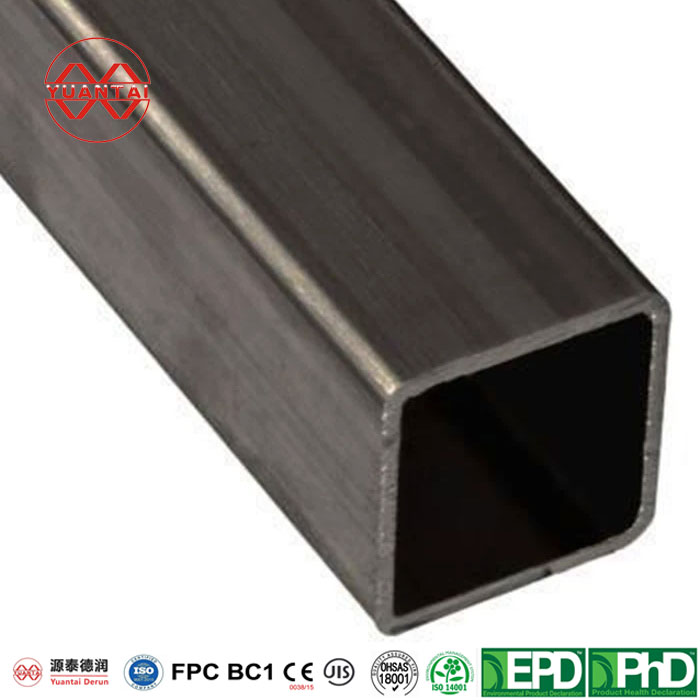
Square Steel Pipe Carbon Steel Pipe
Thickness 0.5- 60 mm Tolerance as required OD(outer diameter) square 10*10-1000*1000mm rectangular Brand YUANTAI DERUN Section Shape Square OR rectangular Length 3-12M according to […]

Black Square Steel Tube
SPECIFICATION TABLE OF BLACK SQUARE STEEL TUBE OD(MM) THICKNESS(MM) OD(MM) THICKNESS(MM) OD(MM) THICKNESS(MM) OD(MM) THICKNESS(MM) 20*20 1.3 60*120 80*100 90*90 1.50 180*180 3 300* […]

Square Seamless Steel Pipe
Attribute parameters of seamless square steel tubes Thickness 3- 50 mm Tolerance as required OD(outer diameter) 100*100-800*800 Brand YUANTAI DERUN Section Shape Square OR rec […]
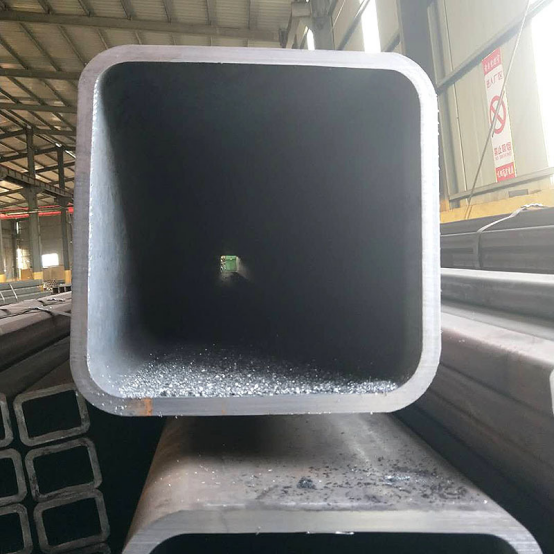
Black Rectangular Hollow Section
OD(MM) THICKNESS(MM) OD(MM) THICKNESS(MM) OD(MM) THICKNESS(MM) OD(MM) THICKNESS(MM) 20*20 1.3 60*120 80*100 90*90 1.50 180*180 3 300*800 400*700 550*550 500*600 1.4 1.70 3.5-3.75 9 […]

Hot Dip Galvanized Rectangular Hollow Section
Iron and steel materials are indispensable resources in human life today. However, due to its own characteristics, “corrosion is accompanied by us every day and consumes our […]
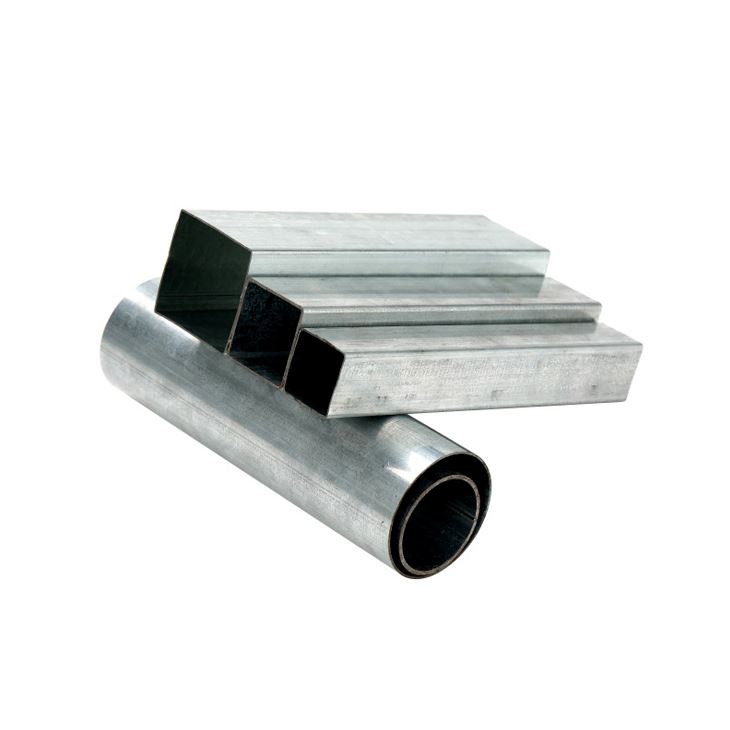
Pre Galvanzied Square Steel Tube
1.Introduction of pre-square tube Coiled pipes are pipes and pipes for processing technological processes, and are the name of general pipes, which are pipes made of long steel coi […]
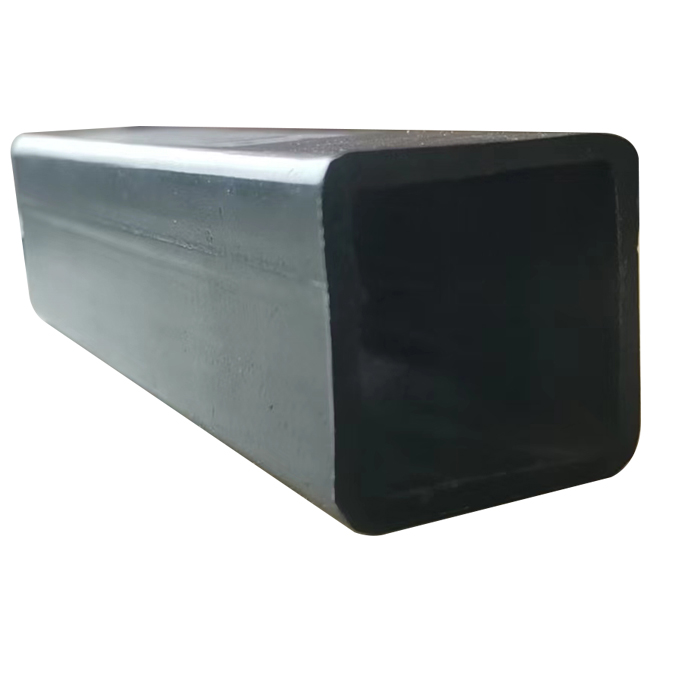
Square Hollow Section
Thickness: 0.5- 60 mm OD(outer diameter): square 10*10-1000*1000mm rectangular:10*15-800*1100mm Section Shape: Square OR rectangular Place of Origin: Tianjin, China Application Str […]

EN10210 EN10219 Black Carbon Steel Welded Square Pipe
Yuantai Derun Steel Pipe Manufacturing Group is a steel pipe and steel enterprise that has operated for many years, mainly engaged in steel products such as black square and rectan […]
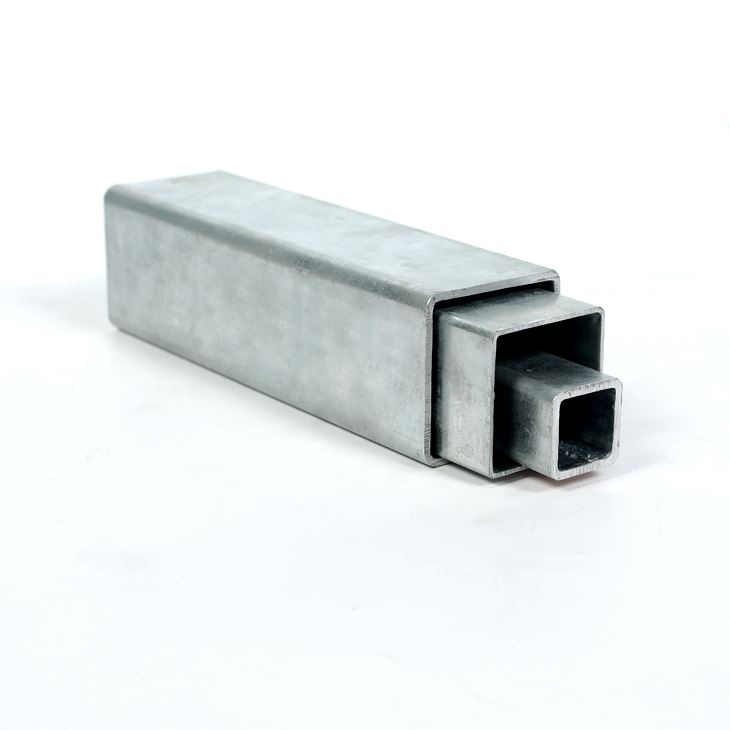
Hot Dip Galvanized Square Steel Pipe HDG Tube
Thickness: 0.5- 60 mm OD(outer diameter): square 10*10-1000*1000mm rectangular:10*15-800*1100mm Section Shape: Square OR rectangular Place of Origin: Tianjin, China Application Str […]
Post time: 2023-08-03
